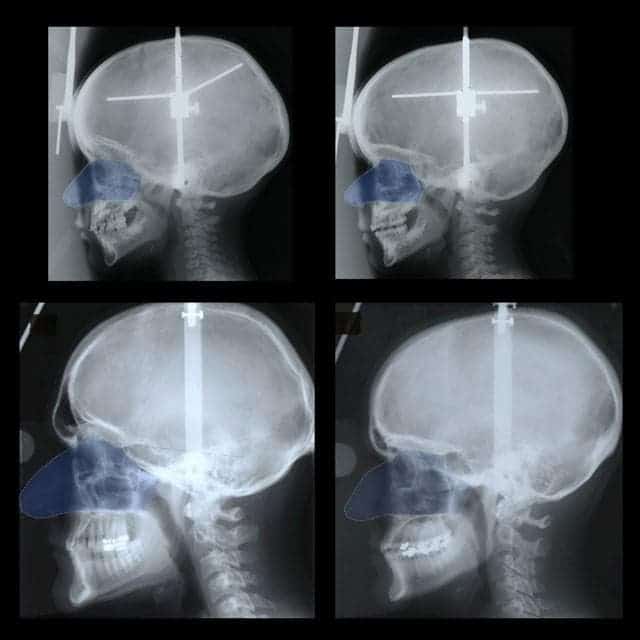- Men have noses 10 cm longer than women (on average), even with the same body size
- This happens because men have more muscle tissue, which needs an extra oxygen intake
- This change starts happening during puberty
Human noses come in all shapes and sizes, but despite that, generally speaking, men noses are significantly larger than female noses, and apparently, no one really tried to understand why that happens until now.
A new study from the University of Iowa concluded that men’s noses are about 10 percent larger than female noses, on average, in populations of European descent. The size difference, they believe, comes from the sexes different builds and energy requirements – males in general have more lean muscle mass, which requires more oxygen for muscle tissue growth and maintenance, and therefore they require larger oxygen intakes. Larger noses mean more oxygen can be breathed in and transported wherever it is needed in the body through blood.
Researchers note that this change in nose size starts to happen around the age of 11, often when puberty starts. Physiologically speaking, men start developing more lean mass at that time, while women start to develop more fat mass (breasts are largely fatty mass).
“This relationship has been discussed in the literature, but this is the first study to examine how the size of the nose relates to body size in males and females in a longitudinal study,” says Nathan Holton, assistant professor in the UI College of Dentistry and lead author of the paper, published in the American Journal of Physical Anthropology. “We have shown that as body size increases in males and females during growth, males exhibit a disproportionate increase in nasal size. This follows the same pattern as energetic variables such as oxygenate consumption, basal metabolic rate and daily energy requirements during growth.”
This research also goes to show why we have smaller noses than ancient human-like populations – such as the Neanderthals and Denisovans, for example. The reason, the researchers believe, is because they had a larger muscle mass, and thus needed more oxygen to sustain it. We have, by comparison, smaller muscle masses, and therefore, we can get away with smaller noses.
“So, in humans, the nose can become small, because our bodies have smaller oxygen requirements than we see in archaic humans,” Holton says, noting also that the rib cages and lungs are smaller in modern humans, reinforcing the idea that we don’t need as much oxygen to feed our frames as our ancestors. “This all tells us physiologically how modern humans have changed from their ancestors.”
So it’s all about the muscle – this is, from an oxygenation point of view, more “expensive” tissue than fat.
“So, in that sense, we can think of it as being independent of the skull, and more closely tied with non-cranial aspects of anatomy,” Holton says.
Journal Reference:
- Nathan E. Holton, Todd R. Yokley, Andrew W. Froehle, Thomas E. Southard. Ontogenetic scaling of the human nose in a longitudinal sample: Implications for genusHomofacial evolution. American Journal of Physical Anthropology, 2013; DOI: 10.1002/ajpa.22402










